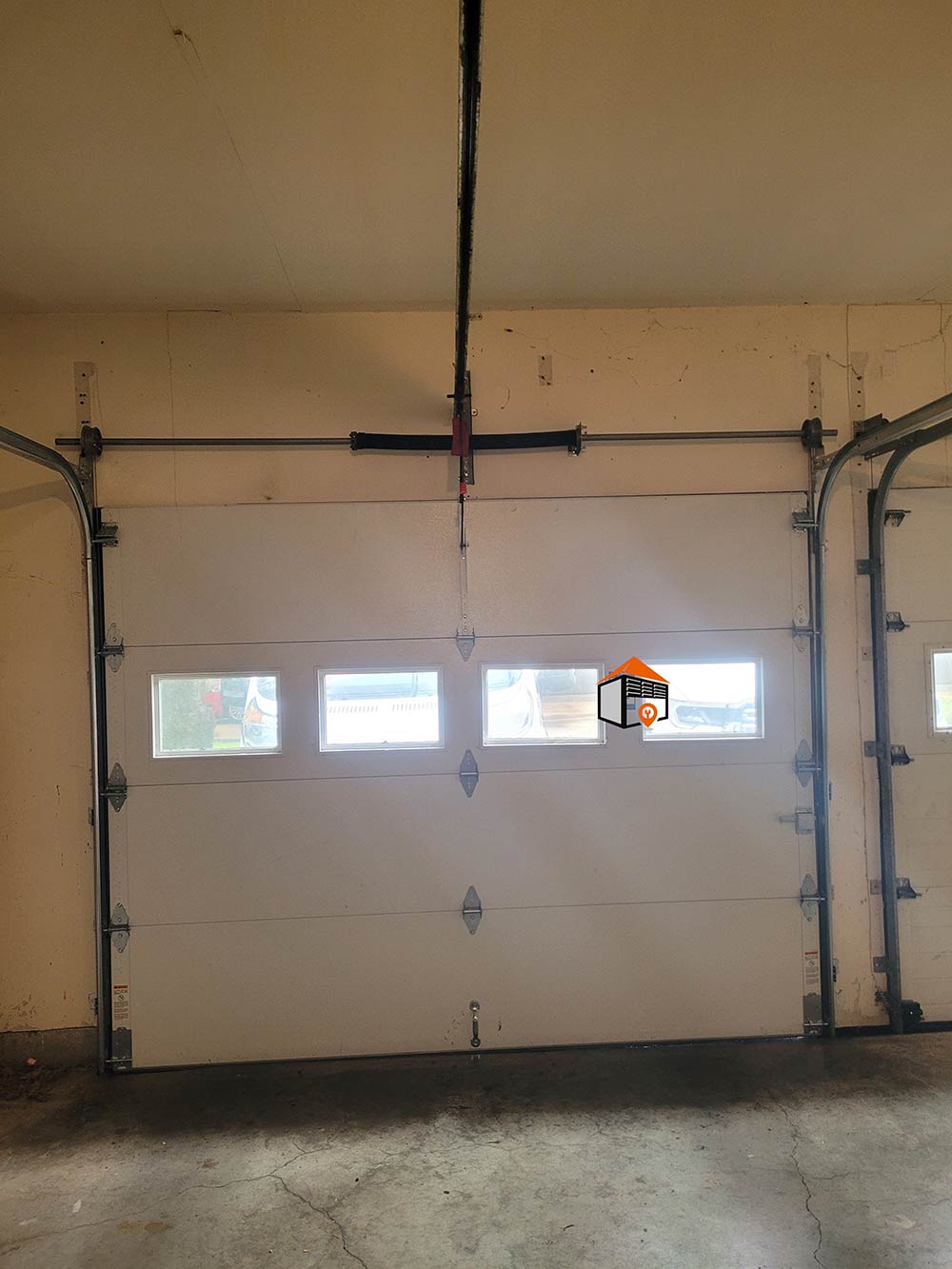Diagnosis of Hinges: Knowing When to Replace
Before you start replacing hinges on your garage door, it’s crucial to diagnose the issues properly. Look for visible cracks, separations, rust, or any signs of deterioration. Bent or distorted hinges will need replacement. Keep in mind that the cost for each hinge typically ranges from $1 to $10, and the task is generally easy, requiring 1-2 hours to complete.
Tools Required for the Job
To successfully replace your garage door hinges, you’ll need the right tools. An impact drill is recommended, although not strictly necessary. A 3/8 socket or wrench, 7/16 wrench or socket, and ratchet wrenches (which work better than standard wrenches) are essential for the job. Ensure you have all tools on hand before starting the repair.
Understanding Different Types of Hinges
One critical aspect to know is that not all garage door manufacturers use the same type of hinges. Major brands like Amarr, Overhead Door, and Wayne Dalton have unique systems. Typically, common garage door hinges are diamond-shaped and are numbered from 1 to 10. The numbering is based on the door’s height and the number of panels it has. Always replace hinges with the same number to ensure proper functionality.
Steps for Replacing Hinges
When replacing hinges, start at the top or the first panel at the bottom. It’s essential to change one hinge at a time on the left and right sides to avoid potential safety hazards, as the door can fall. Removing the hinge and then the roller allows you to insert the roller into the new hinge’s round slot. Confirm that the roller is properly placed in the track before tightening the new hinge.
Adjusting the Door After Installation
Once you’ve replaced all hinges, you might need to make adjustments. Take note of how the panels align; if they appear crooked, you’ll need help. Starting from the bottom, ensure that each section meets properly and is adjusted before tightening the top screws.
Maintenance Tips for Wood Door Hinges
If you have a wooden garage door, be proactive with maintenance. At least once a year, tighten all the nuts that attach to the hinges, as wood can cause them to come loose easily. Ideally, do this twice a year to maintain stability, using a 7/16 wrench or socket for adjustments.
Unique Considerations for Amarr Garage Doors
For those with Amarr garage doors, note that their hinges are different from other common garage doors. They have a pinch-less design; therefore, they generally do not require replacement unless they experience significant damage. Amarr hinges are made of a thicker gauge sheet metal.
Challenges with Clopay Garage Doors
If you own a Clopay garage door, be prepared for potential issues. The hinges are thinner than usual and may break under pressure. For added durability, consider replacing these with heavier-duty hinges available at hardware stores. This will enhance the door’s longevity and performance.
Final Thoughts: Handling Stripped Screws and Rotted Wood
Carefully replace screws on steel doors to avoid stripping holes, which can lead to further complications. For wooden doors, understand that rotted wood can complicate hinge replacement. If the wood is compromised, you may need to replace the door rather than just the hinges, particularly if the carriage bolt spins due to rot.
By following these steps and guidelines, you can effectively replace your garage door hinges, ensuring better functionality and longevity for your garage door.
